Home>Technology>Home Entertainment Systems>How To Set Up A Home Theater
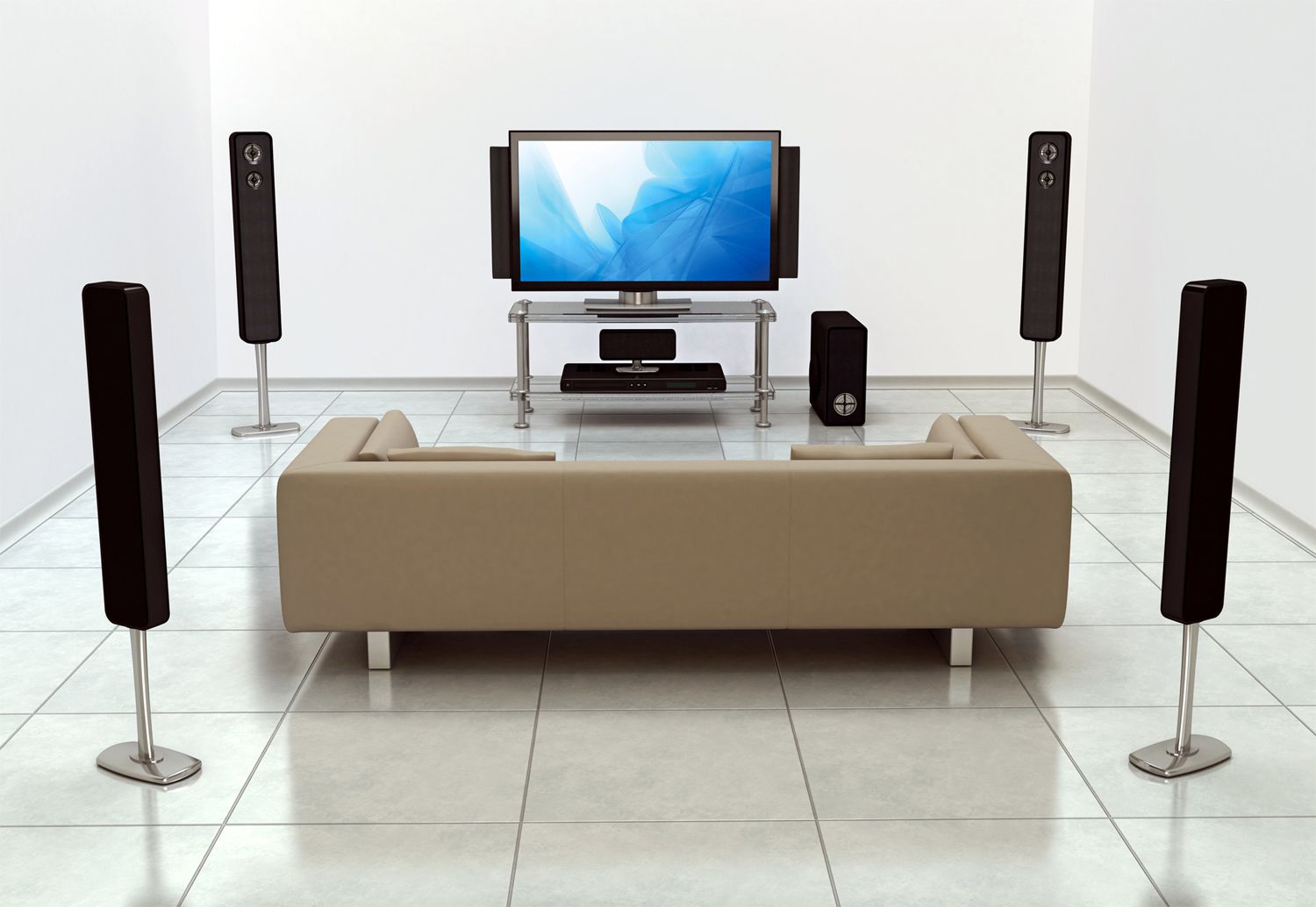

Home Entertainment Systems
How To Set Up A Home Theater
Modified: February 18, 2024
Learn how to set up a home theater and create the ultimate home entertainment system with our comprehensive guide. Discover tips, tricks, and recommendations for the best audio and visual experience.
(Many of the links in this article redirect to a specific reviewed product. Your purchase of these products through affiliate links helps to generate commission for Storables.com, at no extra cost. Learn more)
Introduction
Setting up a home theater system is an exciting endeavor that can transform your living space into a captivating entertainment hub. Whether you're a movie enthusiast, a gaming aficionado, or a music lover, a well-designed home theater can elevate your audiovisual experience to new heights. From the immersive sound of a blockbuster movie to the stunning clarity of a high-definition sports event, a properly configured home theater system can bring the magic of the cinema directly into your home.
Creating a home theater involves more than just purchasing a big-screen TV and a set of speakers. It requires careful planning, thoughtful consideration of room layout, and a keen eye for selecting the right audiovisual components. The goal is to achieve a harmonious balance between visual impact and audio fidelity, all while ensuring that the setup complements the aesthetics of your living space.
In this comprehensive guide, we will delve into the essential steps for setting up a home theater that delivers an unparalleled entertainment experience. From choosing the ideal room for your home theater to selecting the right TV or projector, configuring surround sound, arranging seating for optimal viewing, and integrating smart home technology, we will cover every aspect to help you create a captivating home theater system.
By following the expert advice and practical tips provided in this guide, you can embark on a rewarding journey to design and set up a home theater that not only meets but exceeds your entertainment expectations. So, let's dive into the exciting world of home entertainment and discover how to create a captivating home theater experience that will leave you and your guests in awe.
Key Takeaways:
- Transform your living space into a captivating entertainment hub by carefully selecting the right room, TV or projector, and surround sound setup for an unparalleled home theater experience.
- Elevate your home entertainment with smart home integration, seamless device connectivity, and meticulous audio and video calibration, creating a dynamic and immersive viewing environment.
Read more: How To Set Up A Home Theater Projector
Choosing the Right Room
Selecting the right room for your home theater is a crucial first step in creating an immersive entertainment space. The ideal room should offer a balance of acoustics, lighting, and space to accommodate your audiovisual setup. Here are the key factors to consider when choosing the right room for your home theater:
-
Room Size and Layout: The size of the room plays a significant role in determining the overall viewing and listening experience. A larger room allows for more flexibility in seating arrangements and speaker placement, while a smaller room may create a more intimate viewing environment. Consider the layout of the room, including the placement of doors, windows, and any architectural features that may impact the placement of your audiovisual equipment.
-
Lighting Control: Opt for a room with the ability to control natural and artificial lighting. The presence of windows or ambient light sources can affect the clarity of the projected image or the viewing experience on a TV screen. Consider using blackout curtains or shades to minimize external light interference, creating an optimal viewing environment.
-
Acoustic Considerations: Pay attention to the room's acoustic properties. Hard surfaces such as bare walls, floors, and ceilings can create sound reflections and reverberations, impacting the overall audio quality. Conversely, carpeting, drapes, and acoustic panels can help absorb sound, enhancing the clarity of the audio. Additionally, consider the potential for sound isolation to minimize disturbances to other areas of the home.
-
Room Shape: The shape of the room can influence the distribution of sound and the placement of speakers. Rectangular or square rooms are generally more conducive to balanced sound distribution, while irregularly shaped rooms may require additional acoustic adjustments to achieve optimal audio performance.
-
Ventilation and Climate Control: Ensure that the room has adequate ventilation and climate control to maintain a comfortable viewing environment. Proper airflow and temperature regulation are essential for prolonged viewing sessions, especially during warmer months.
By carefully evaluating these factors, you can identify the most suitable room in your home to serve as the foundation for your home theater setup. Once you have selected the right room, you can proceed to the next steps of choosing the appropriate audiovisual components and configuring your home theater system to create an unparalleled entertainment experience.
Selecting the Right TV or Projector
The centerpiece of any home theater system is the display, which can take the form of a high-definition television or a projector. When selecting the right TV or projector for your home theater, several factors come into play to ensure an immersive and visually stunning viewing experience.
TV Selection
For those seeking a straightforward and convenient display solution, a high-quality television is often the preferred choice. When choosing a TV for your home theater, consider the following key factors:
-
Screen Size: The size of the TV screen is a critical consideration, as it directly impacts the viewing experience. Larger screens can provide a more cinematic feel, especially in spacious home theater rooms. However, it's essential to strike a balance between screen size and viewing distance to avoid visual strain.
-
Resolution: Opt for a TV with a high resolution, such as 4K or even 8K, to ensure sharp and detailed images. Higher resolution displays offer enhanced clarity, making them ideal for enjoying high-definition content, including movies, sports, and gaming.
-
Display Technology: Choose a TV with advanced display technologies, such as OLED or QLED, for vibrant colors, deep blacks, and superior contrast. These technologies contribute to a more lifelike and immersive viewing experience.
-
Refresh Rate: Consider a TV with a high refresh rate, typically 120Hz or higher, to minimize motion blur and deliver smooth, fluid visuals, particularly during fast-paced action scenes and sports broadcasts.
Projector Considerations
Alternatively, a projector can provide a larger-than-life cinematic experience within the comfort of your home. When evaluating projectors for your home theater, the following factors are crucial:
-
Projection Technology: Select a projector based on the projection technology, such as DLP, LCD, or LCoS. Each technology offers distinct advantages in terms of color accuracy, brightness, and contrast, catering to different viewing preferences.
-
Throw Distance and Screen Size: Determine the throw distance required for your desired screen size, considering the projector's placement and the available space in your home theater. This ensures that the projected image fills the screen optimally without distortion.
-
Brightness and Contrast Ratio: Look for projectors with high brightness levels and contrast ratios to deliver vibrant, well-defined images, even in dimly lit or darkened environments.
-
Resolution and Compatibility: Opt for a projector with a native resolution that aligns with your content preferences, such as Full HD (1080p) or 4K resolution. Additionally, ensure compatibility with various media sources and devices for seamless connectivity.
By carefully assessing these factors and aligning them with your specific viewing preferences and room layout, you can make an informed decision when selecting the right TV or projector for your home theater. Whether you opt for a cutting-edge television or a feature-rich projector, the chosen display will serve as the visual centerpiece of your home entertainment setup, bringing your favorite movies, shows, and games to life with stunning clarity and immersive visuals.
Read more: How To Set Up Alexa With Home Theater
Setting Up Surround Sound
Setting up surround sound is a pivotal aspect of creating a truly immersive home theater experience. By strategically positioning multiple speakers around the viewing area, surround sound systems envelop the audience in rich, multidimensional audio, enhancing the realism and impact of movies, music, and games. Here's a detailed guide to setting up surround sound for your home theater:
Speaker Placement
The foundation of a surround sound system lies in the placement of speakers to achieve optimal audio distribution. The standard configuration includes front, center, and rear speakers, along with a subwoofer for low-frequency effects. When positioning the speakers:
-
Front Speakers: Place the front left and right speakers at ear level, flanking the TV or screen. This positioning helps create a spacious soundstage and delivers clear dialogue and impactful audio effects.
-
Center Speaker: Position the center speaker above or below the TV, directly facing the primary seating area. The center speaker plays a crucial role in anchoring dialogue and on-screen action for a cohesive audio experience.
-
Rear Speakers: Install the rear speakers behind the primary seating area, ideally at ear level or slightly above, to envelop the audience in surround sound effects.
-
Subwoofer: The subwoofer can be placed anywhere in the room to distribute low-frequency effects evenly. Experiment with different locations to find the optimal placement for deep, resonant bass.
Speaker Calibration
Calibrating the speakers ensures that each speaker delivers the right level of sound and blends seamlessly with the overall audio output. Most modern surround sound receivers feature automatic speaker calibration systems that use a microphone to analyze speaker performance and adjust settings accordingly. Follow the on-screen prompts to optimize speaker levels, distances, and crossover frequencies for a balanced and immersive audio experience.
Surround Sound Formats
Selecting the appropriate surround sound format is essential for maximizing the potential of your home theater system. Common surround sound formats include Dolby Atmos, DTS:X, and Auro-3D, each offering distinct audio immersion capabilities. Ensure that your AV receiver and media sources support your chosen surround sound format to unlock the full spectrum of audio effects and spatial realism.
By meticulously setting up surround sound in your home theater, you can elevate the audio experience to new heights, immersing yourself in a captivating sonic environment that complements the stunning visuals on screen. With careful speaker placement, precise calibration, and compatibility with advanced surround sound formats, your home theater will deliver a truly cinematic audio experience that captivates and enthralls audiences, making every viewing session an unforgettable journey into the world of sound and storytelling.
Read more: How To Set Up Sonos Home Theater
Arranging Seating for Optimal Viewing
Arranging seating for optimal viewing is a critical aspect of creating a captivating home theater experience. The placement and configuration of seating not only impact comfort but also play a significant role in maximizing the visual and auditory immersion for every viewer. Here's a comprehensive guide to arranging seating for optimal viewing in your home theater:
Seating Layout and Positioning
The layout of seating in your home theater should prioritize unobstructed views of the screen or projection surface from every seat. Consider the following factors when arranging seating:
-
Primary Viewing Position: Identify the primary viewing position, typically centered in front of the screen, to serve as the focal point for the best visual experience. This position should offer an unobstructed view and optimal distance from the screen for comfortable viewing.
-
Seating Distance: Determine the ideal seating distance from the screen based on the screen size and resolution. The general rule of thumb is that the distance should be approximately 1.5 to 2.5 times the diagonal screen size for optimal viewing.
-
Seating Arrangement: Arrange seating in a manner that ensures all viewers have a clear line of sight to the screen. Consider using tiered or staggered seating for improved visibility, especially in larger home theater spaces.
Comfort and Ergonomics
Comfort is paramount when arranging seating for a home theater. Consider the following ergonomic principles to enhance the viewing experience:
-
Seat Placement: Position seats to provide ample legroom and comfortable viewing angles. Avoid placing seats too close to the screen or too far from the primary viewing position, as this can strain the viewer's neck or eyes.
-
Seat Quality: Invest in high-quality, supportive seating options, such as recliners or theater-style seating, to ensure comfort during extended viewing sessions. Ergonomically designed seats with adequate lumbar support can enhance the overall viewing experience.
-
Seat Spacing: Allow for sufficient spacing between seats to ensure a sense of privacy and comfort for each viewer. Adequate spacing also facilitates easy movement within the home theater space.
Acoustic Considerations
In addition to visual considerations, the arrangement of seating should account for acoustic properties to optimize the auditory experience:
-
Sweet Spot: Position the primary seating area in the acoustic "sweet spot," where the audio from the surround sound system converges to create an immersive listening environment. This spot is typically centered between the front and rear speakers for balanced audio distribution.
-
Sound Reflection: Minimize sound reflections and echoes by strategically placing acoustic panels or sound-absorbing materials in the home theater space. This helps maintain audio clarity and reduces potential distractions during viewing.
By meticulously arranging seating for optimal viewing, you can create a home theater environment that offers a harmonious balance of visual splendor, ergonomic comfort, and immersive audio. Whether it's a cozy family movie night or an exhilarating gaming session, the thoughtfully arranged seating will ensure that every viewer enjoys a captivating and memorable entertainment experience.
Read more: How To Hook Up A Sony Home Theater System
Connecting and Configuring Devices
Connecting and configuring devices is a crucial step in setting up a home theater system, as it involves integrating various audiovisual components to ensure seamless operation and optimal performance. From connecting media players and gaming consoles to configuring streaming devices and AV receivers, the process of linking and setting up devices forms the backbone of a cohesive home entertainment experience.
Device Connectivity
When connecting devices in a home theater setup, it's essential to consider the following aspects:
-
HDMI Connectivity: Utilize high-quality HDMI cables to connect media players, gaming consoles, and streaming devices to the TV or projector. HDMI offers high-definition audio and video transmission, supporting formats such as 4K, HDR, and Dolby Vision for an immersive viewing experience.
-
AV Receiver Setup: Connect audio and video sources to the AV receiver, which serves as the central hub for managing and distributing audio signals to the speakers. Ensure proper labeling and organization of cables to simplify troubleshooting and maintenance.
-
Wireless Connectivity: Embrace wireless connectivity options for streaming devices, smart speakers, and smart home integration. Wi-Fi and Bluetooth connectivity enable seamless access to online content and streaming services, enhancing the versatility of the home theater system.
Device Configuration
Configuring devices in a home theater setup involves optimizing settings and preferences to deliver the best audiovisual experience:
-
AV Receiver Calibration: Utilize the built-in calibration tools in the AV receiver to optimize speaker levels, distances, and crossover frequencies. Automatic speaker calibration systems use microphone measurements to tailor the audio output to the specific acoustics of the room.
-
Media Player and Streaming Device Setup: Configure media players and streaming devices to access streaming services, adjust display settings, and enable audio passthrough for immersive surround sound formats. Ensure compatibility with the chosen display and audio formats for seamless playback.
-
Gaming Console Integration: Optimize gaming console settings for the best visual performance and audio output. Adjust resolution, HDR settings, and audio output formats to align with the capabilities of the TV or projector and the surround sound system.
Smart Home Integration
For added convenience and control, consider integrating smart home devices and voice assistants into the home theater setup:
-
Voice Control Integration: Connect smart speakers or voice assistants to enable hands-free control of the home theater system. Voice commands can initiate playback, adjust volume, and access content, enhancing the user experience.
-
Smart Lighting and Climate Control: Integrate smart lighting and climate control systems to create customized ambiance during movie nights or gaming sessions. Automated lighting and temperature adjustments can complement the viewing experience and enhance overall comfort.
By meticulously connecting and configuring devices in the home theater setup, you can create a seamlessly integrated entertainment ecosystem that delivers exceptional audiovisual performance and user convenience. The careful organization of cables, optimization of device settings, and integration of smart home technologies contribute to a sophisticated and immersive home theater experience that caters to diverse entertainment preferences.
Calibrating Audio and Video
Calibrating audio and video components is a critical step in fine-tuning a home theater system to deliver an immersive and true-to-life entertainment experience. By optimizing audio settings, visual parameters, and display characteristics, you can unlock the full potential of your audiovisual equipment and ensure that every movie, game, or music performance is presented with exceptional clarity and fidelity.
Audio Calibration
Audio calibration involves adjusting the settings of the surround sound system, including speaker levels, distances, and crossover frequencies, to achieve balanced and enveloping sound. Modern AV receivers often feature automated calibration systems that utilize a microphone to analyze the acoustic properties of the room and optimize audio output accordingly. By following the on-screen prompts and utilizing the built-in calibration tools, you can achieve the following:
-
Speaker Levels: Balancing the volume levels of individual speakers to ensure consistent sound distribution and a cohesive audio experience across the listening area.
-
Distance and Delay Settings: Adjusting the distance and delay settings for each speaker to synchronize audio output and create a seamless sonic environment.
-
Crossover Frequencies: Configuring crossover frequencies to direct the appropriate frequencies to the main speakers and subwoofer, ensuring a smooth transition between audio ranges.
Video Calibration
Video calibration focuses on optimizing the visual performance of the display, whether it's a high-definition television or a projector, to deliver accurate colors, optimal contrast, and precise image rendering. Key aspects of video calibration include:
-
Brightness and Contrast: Adjusting the brightness and contrast settings to achieve a well-balanced and dynamic visual presentation without sacrificing detail or causing visual fatigue.
-
Color Accuracy: Fine-tuning color temperature, tint, and saturation to reproduce lifelike and natural colors that faithfully represent the content being viewed.
-
Sharpness and Clarity: Refining sharpness and clarity settings to ensure that images are rendered with precision and detail, enhancing the overall visual impact.
-
Aspect Ratio and Overscan: Verifying that the display is set to the correct aspect ratio and ensuring that overscan is disabled to prevent cropping of the image.
Advanced Calibration Considerations
For enthusiasts seeking an even higher level of calibration precision, professional calibration services are available. Certified technicians use specialized equipment and software to meticulously calibrate audio and video components, taking into account factors such as room acoustics, ambient light conditions, and color accuracy standards. Professional calibration can result in a truly optimized home theater experience, with unparalleled audio fidelity and visual accuracy.
By dedicating time to calibrating the audio and video components of your home theater system, you can elevate the overall entertainment experience, immersing yourself in a captivating audiovisual environment that faithfully reproduces the intended artistic vision of content creators. Whether it's the thunderous impact of a movie soundtrack or the vibrant hues of a cinematic masterpiece, precise calibration ensures that every moment is presented with stunning realism and emotional impact.
Adding Smart Home Integration
Integrating smart home technology into your home theater system can elevate the overall entertainment experience by offering enhanced convenience, control, and ambiance. By seamlessly connecting smart devices, such as voice assistants, lighting systems, and climate control, you can create a sophisticated and immersive home theater environment that adapts to your preferences and enhances the overall viewing and listening experience.
Voice Control Integration
One of the key aspects of smart home integration in a home theater is the incorporation of voice control capabilities. By connecting smart speakers or voice assistants, such as Amazon Echo or Google Home, you can enable hands-free control of various aspects of the home theater system. Voice commands can initiate playback, adjust volume levels, and access content from streaming services, providing a seamless and intuitive user experience. Whether it's dimming the lights for a movie night or adjusting the thermostat for optimal comfort, voice control integration adds a layer of convenience and interactivity to the home theater environment.
Smart Lighting and Climate Control
Integrating smart lighting and climate control systems into the home theater setup allows for customized ambiance and comfort during viewing sessions. Automated lighting control can create tailored lighting scenes that complement different types of content, such as dimming the lights for movie viewing or providing subtle accent lighting during music playback. Additionally, smart lighting systems can be synchronized with on-screen action, enhancing the immersive nature of the viewing experience. Climate control integration enables automated temperature adjustments, ensuring that the home theater environment remains comfortable and conducive to extended entertainment sessions. By seamlessly integrating smart lighting and climate control, you can create a dynamic and immersive home theater experience that adapts to the content being enjoyed and enhances overall comfort.
Seamless Connectivity and Control
Smart home integration also extends to the seamless connectivity and control of various devices within the home theater ecosystem. By leveraging Wi-Fi and Bluetooth connectivity, you can effortlessly access online content, stream music, and control compatible smart devices from a centralized interface. This level of connectivity enables unified control of the entire home theater system, including audiovisual components, lighting, and climate control, from a single device or app. Whether it's adjusting audio settings, queuing up a playlist, or setting the perfect lighting ambiance, smart home integration provides a cohesive and user-friendly control experience.
Incorporating smart home integration into your home theater system offers a harmonious blend of technology and entertainment, enhancing the overall experience with intuitive control, personalized ambiance, and seamless connectivity. By embracing the capabilities of smart devices and integrating them into the home theater environment, you can create a captivating and immersive entertainment space that adapts to your preferences and elevates every viewing and listening session.
Read more: How To Calibrate A Home Theater
Conclusion
In conclusion, the process of setting up a home theater system involves a meticulous blend of technical expertise, thoughtful design considerations, and a passion for creating an immersive entertainment environment. From choosing the right room and selecting the ideal audiovisual components to configuring the setup for optimal performance, every step contributes to the creation of a captivating home theater experience.
The journey begins with selecting the right room, considering factors such as room size, lighting control, and acoustic properties to create an environment that enhances both visual and auditory immersion. Whether it's a dedicated home theater space or a multi-purpose living room, the room selection sets the stage for the entire setup.
Choosing the right TV or projector is a pivotal decision, as it serves as the visual centerpiece of the home theater. Factors such as screen size, resolution, and display technology play a crucial role in delivering stunning visuals that bring movies, games, and shows to life with exceptional clarity and vibrancy.
The setup of surround sound further elevates the home theater experience, enveloping viewers in multidimensional audio that enhances the emotional impact of content. Strategic speaker placement, precise calibration, and compatibility with advanced surround sound formats contribute to a truly immersive sonic environment.
Arranging seating for optimal viewing ensures that every viewer enjoys a comfortable and unobstructed perspective, enhancing the overall enjoyment of the entertainment experience. By considering seating layout, comfort, and acoustic considerations, the home theater becomes a welcoming and engaging space for immersive entertainment.
The meticulous process of connecting and configuring devices, along with the calibration of audio and video components, fine-tunes the home theater system to deliver exceptional performance. Whether it's optimizing speaker levels, adjusting display settings, or integrating smart home technology, every detail contributes to a cohesive and immersive entertainment ecosystem.
Incorporating smart home integration adds a layer of convenience and interactivity, allowing for seamless control of the home theater environment through voice commands, automated lighting, and climate control. This integration enhances the adaptability and personalization of the home theater experience, creating a dynamic and responsive entertainment space.
In essence, the art of setting up a home theater system is a journey of creativity, technical precision, and a deep appreciation for the power of audiovisual storytelling. By following the expert guidance provided in this comprehensive guide, individuals can embark on a rewarding endeavor to create a captivating home theater that exceeds their entertainment expectations, bringing the magic of the cinema directly into the comfort of their own home.
Frequently Asked Questions about How To Set Up A Home Theater
Was this page helpful?
At Storables.com, we guarantee accurate and reliable information. Our content, validated by Expert Board Contributors, is crafted following stringent Editorial Policies. We're committed to providing you with well-researched, expert-backed insights for all your informational needs.
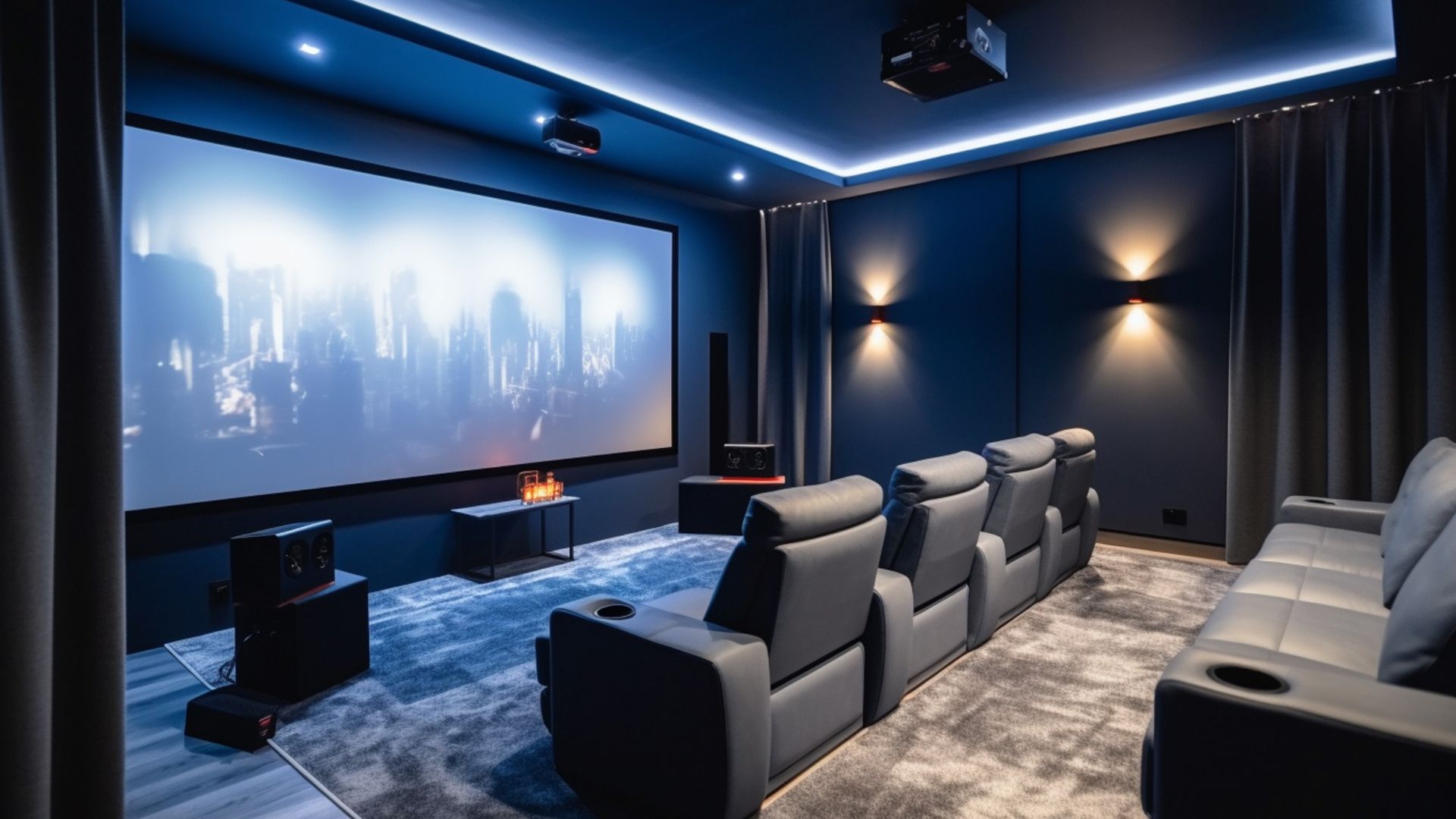
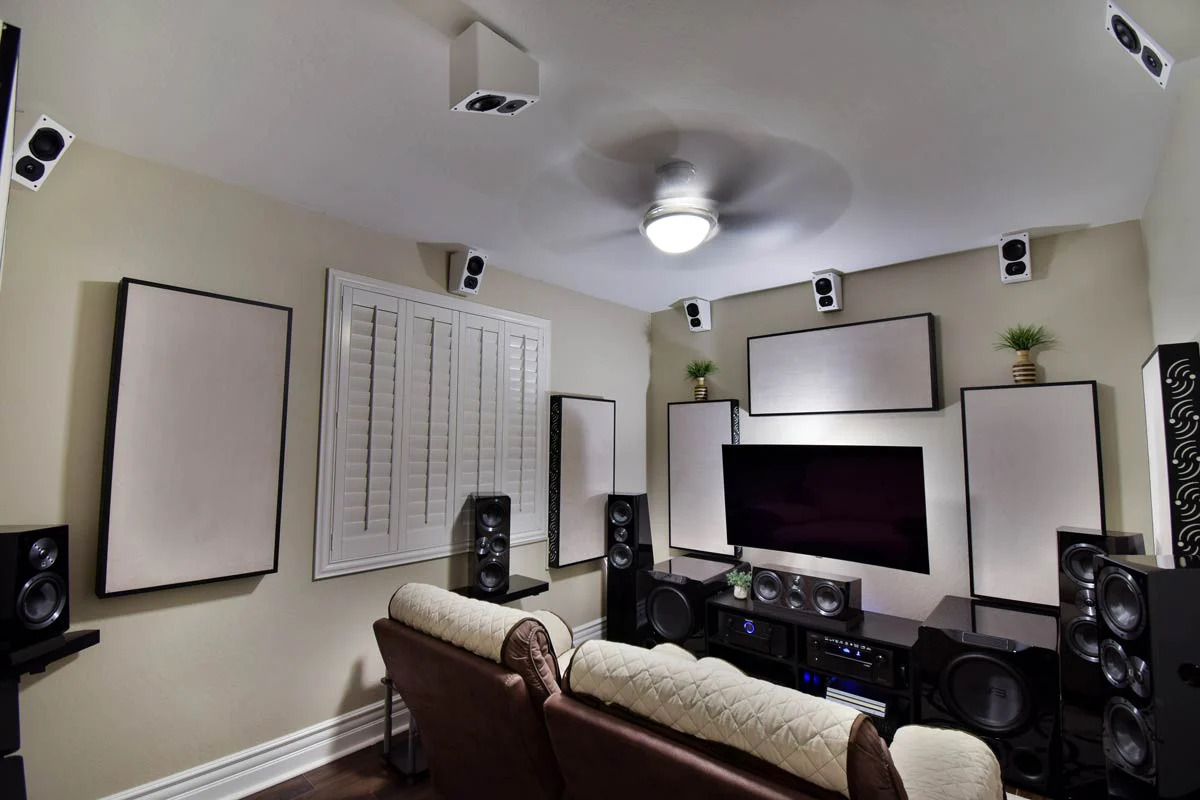
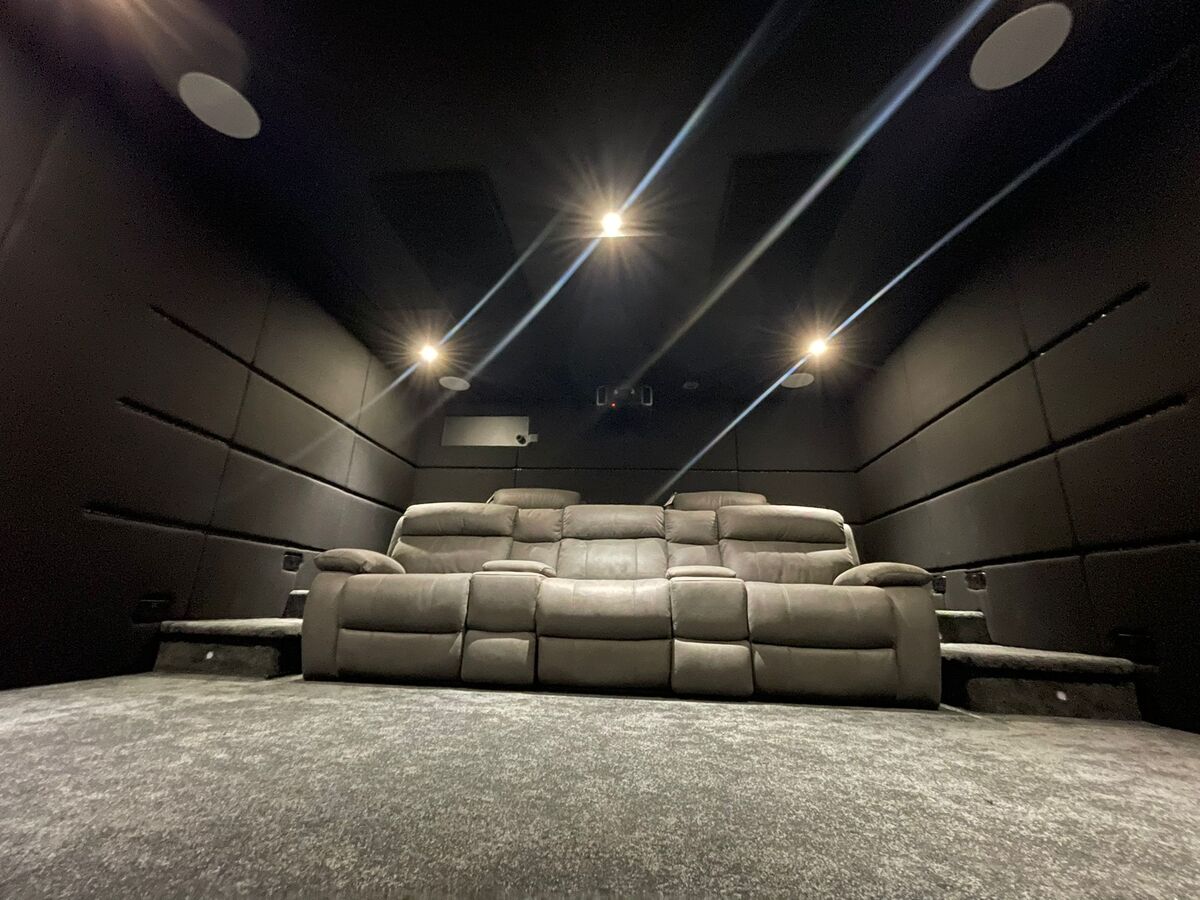
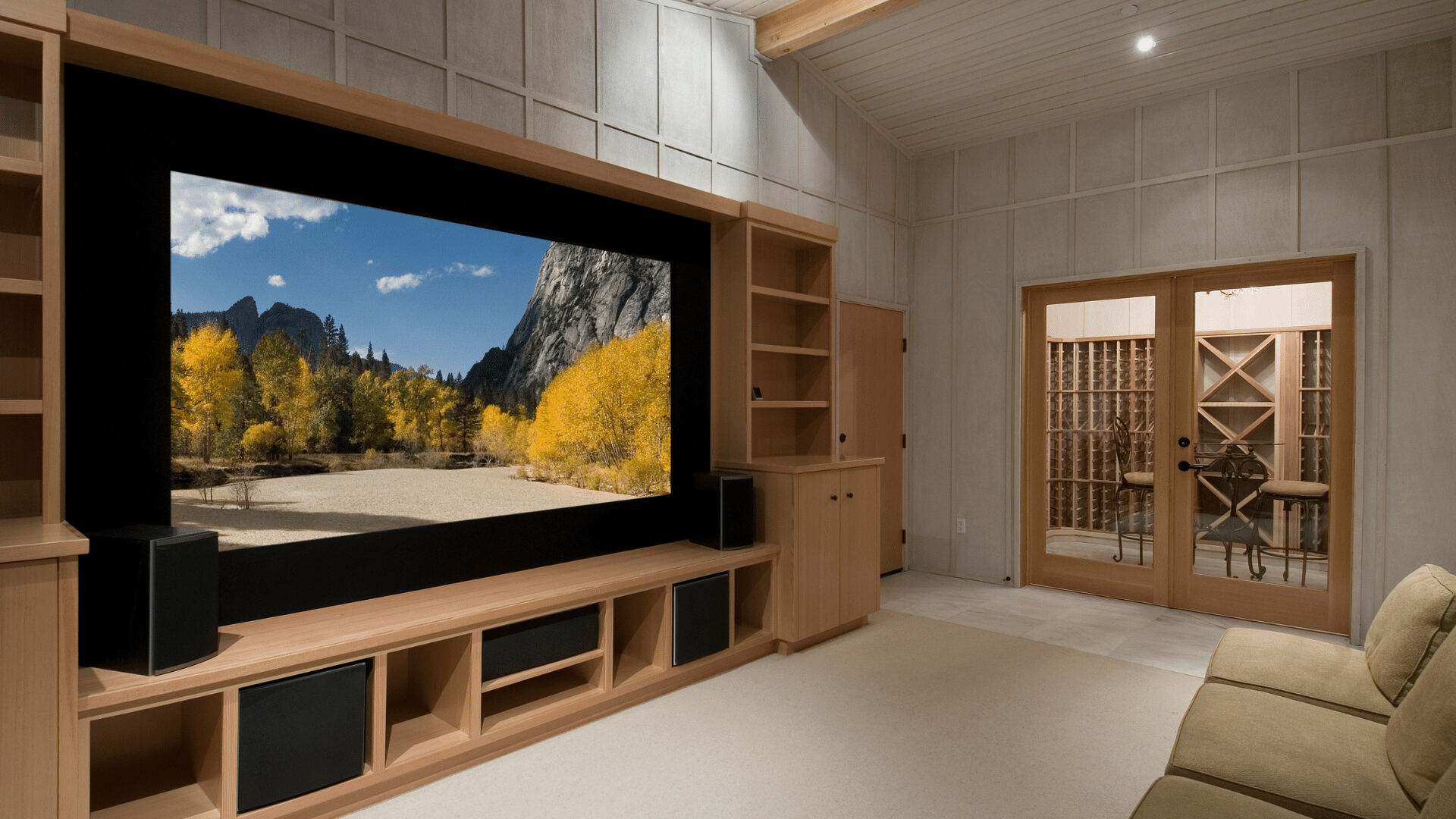
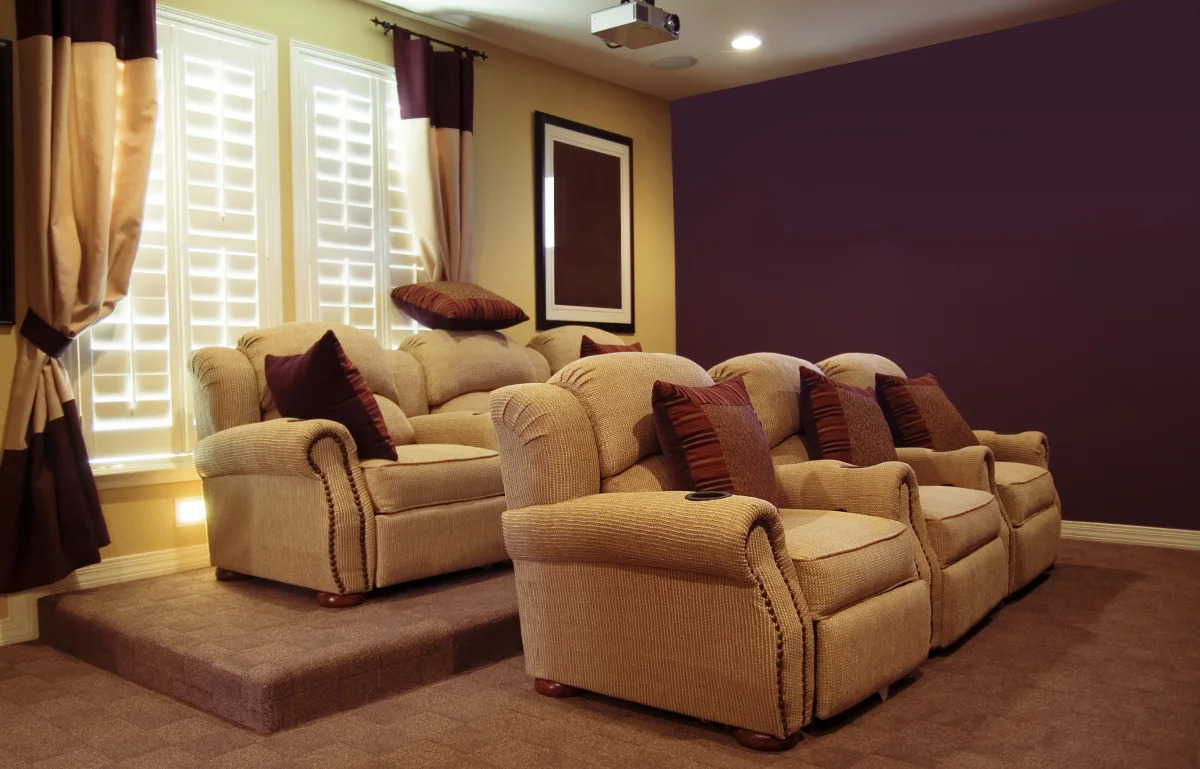

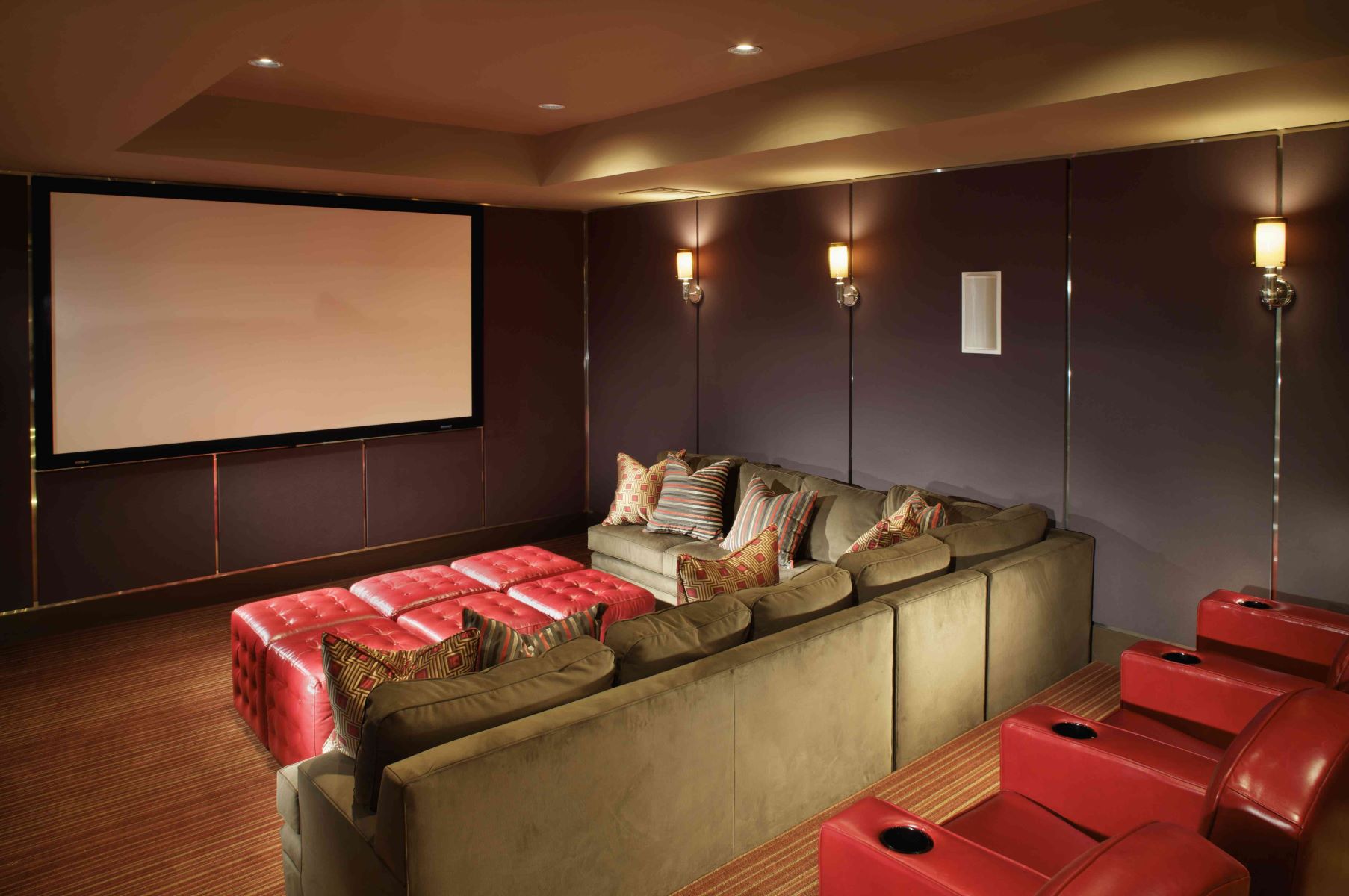
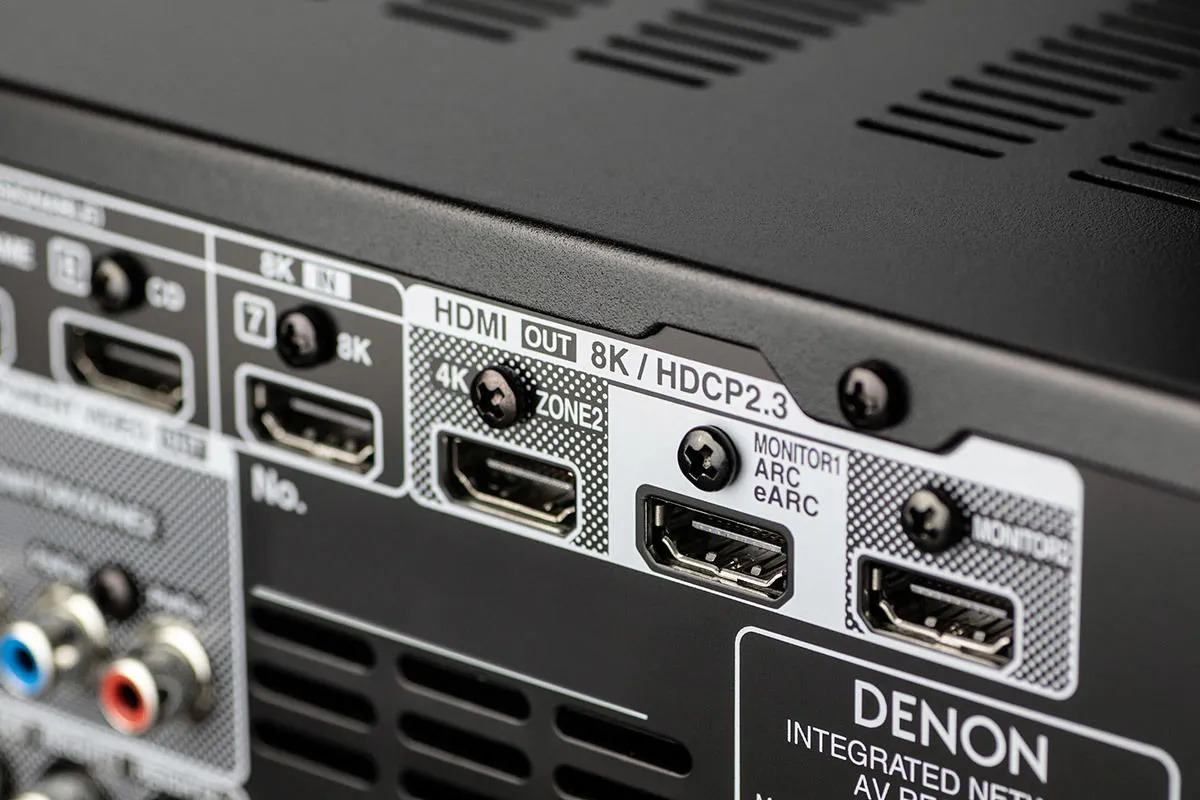


0 thoughts on “How To Set Up A Home Theater”